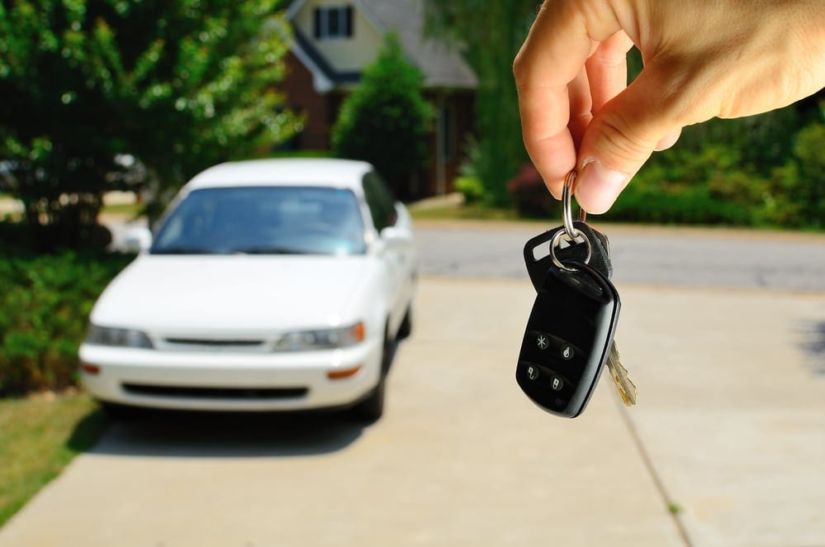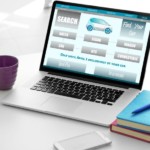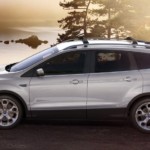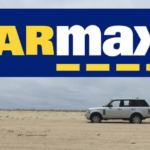It’s a never-ending debate between consumers in the automotive world: What’s better, buying new or used? While they both have their ups and downs, it’s hard to determine which side is truly better. Simply because a used car might work for one consumer, but not the other. Therefore, it’s important to figure out what works best for you. However, with an alarmingly widening price gap between new and used cars — and new cars losing their value rapidly thanks to depreciation — used cars just went up a peg in my (and I’m sure many others) book.
What does a widening loan gap mean? It means the cost of owning a new car is getting more expensive, while used cars are remaining at relatively the same prices. I’d say that’s a good enough reason to buy used, wouldn’t you?
Record Loan Gap
When I say widening loan gap, I am of course talking about the difference between a loan that’s borrowed to cover the cost of a new vehicle, compared to that of a used one. Now at a record high, with the difference between getting a loan for a new or used vehicle averaging a whopping $11,000. This latest information was provided by Experian, a company that tracks how consumers are buying vehicles.
This statistic represents the fourth quarter of 2016, where the amount borrowing amount required for a new vehicle jumped over $1,000 to hit $30,621. That’s $11,292 more than the average loan required for a used vehicle during the same time frame.
The reason I used the word widening is because this has been an upward trend for the past few years now, and the price of the average new car has been steadily rising, requiring larger loans and longer loan periods.
While the larger loan is a concern, it’s not as concerning as some other information Experian uncovered. Most of the new car auto loans were written for a term of at least six years. Only 18.7 percent of loans have terms of 49 to 60 months. Imagine how much you’d pay in interest over a six-year period? Ouch.
Other Perks Of Buying Used
With the average monthly payment on a new vehicle loan estimated at $506, up $13 compared to the same time last year, and the average used vehicle monthly loan payment climbing a meager $5 to $364 in the fourth quarter, it’s clear that the best way to save money is by taking out a loan for a used car.
But, what are the other perks of buying a used car besides saving money? Depends on the route you take. If you buy a good-quality used car for chump change off Craigslist, you can avoid an auto loan altogether.
Either way, you dodge the bulk of depreciation (unless you buy a car that’s less than five years old). You’ll also have a greater selection to choose from, and won’t be limited to the year’s latest and greatest models. On top of that, you’ll also be able to afford a higher-trim or fancier model for the price of a new, base trim model. Shopping used also means that high-end luxury car you’ve had your eye on might just be attainable after all.



